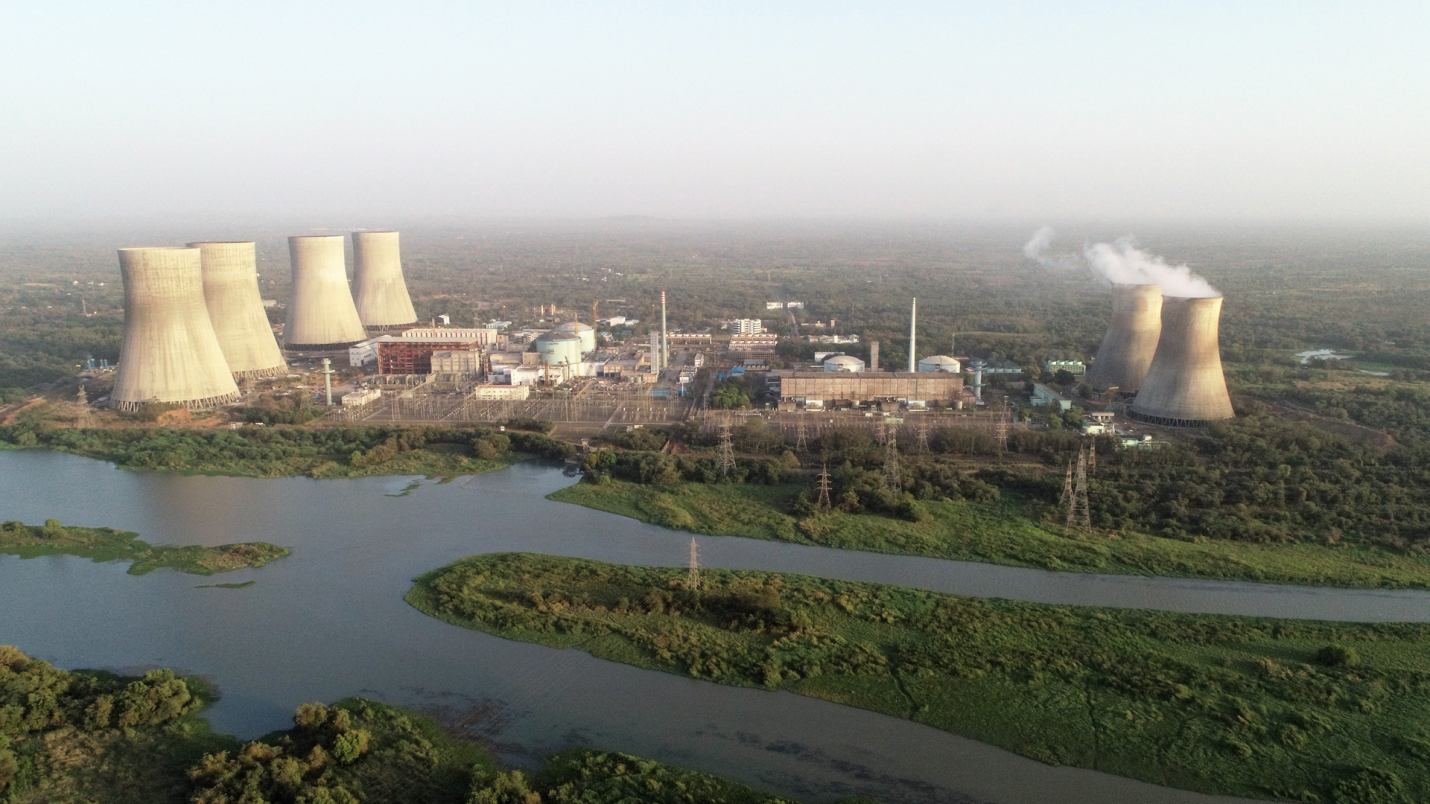KAPP-3

Copyright infringement not intended
Picture Courtesy: Wikipedia
Context: The third unit of the indigenously developed 700-megawatt electric (MWe) nuclear power reactor at the Kakrapar Atomic Power Project (KAPP3) in Gujarat has commenced operations at full capacity.
Details
- For India, the operationalization of its first 700MWe reactor is a significant scale-up in technology, both in terms of the optimization of its PHWR design — the new 700MWe unit addresses the excess thermal margins (thermal margin refers to the extent to which the operating temperature of the reactor is below its maximum operating temperature) — and also marks an improvement in the economies-of-scale, without significant design changes to the 540 MWe reactor.
- As India works to ramp up its existing nuclear power capacity of 7,480 MWe to 22,480 MWe by 2031, the 700 MWe capacity would constitute the biggest component of this expansion plan. Currently, nuclear power capacity constitutes around 2% of the total installed capacity of 4,17,668 MW.
Key Highlights
- The Kakrapar Atomic Power Project (KAPP3) is situated in the Kakrapar in Gujarat, India.
- The plant boasts a total installed capacity of 1,950 MWe, comprising three units, each with a capacity of 700 MWe. KAPP3 represents the third unit of this facility.
- The primary power source employed by the plant is Pressurized Heavy Water Reactors (PHWRs). These PHWRs utilize natural uranium as fuel and heavy water as both moderator and coolant.
- KAPP3 is anticipated to generate sufficient electricity to meet the annual power needs of approximately 4 million people. Furthermore, it is poised to contribute to reducing India's reliance on fossil fuels for power generation.
- To ensure safety, the plant is equipped with several key features, including a containment building, a reactor pressure vessel, and a cooling system. These features are meticulously designed to prevent the release of radioactive materials in the event of an unforeseen accident.
- The Nuclear Power Corporation of India Limited (NPCIL) is the entity responsible for operating the plant. NPCIL is a government-owned enterprise tasked with the development and operation of nuclear power plants throughout India.
Must Read Articles:
The significance of Kakrapar-3: https://www.iasgyan.in/daily-current-affairs/explained-the-significance-of-kakrapar-3
Status of nuclear energy in India: https://www.iasgyan.in/daily-current-affairs/status-of-nuclear-energy-in-india
NUCLEAR POWER IN INDIA: https://www.iasgyan.in/daily-current-affairs/nuclear-power-in-india
|
PRACTICE QUESTION Q. What are the key features of nuclear energy as a power source, and what is its significance in the global energy landscape? What are the major challenges associated with nuclear energy, and what strategies can be employed to address these challenges and pave the way forward for its sustainable use? |



.jpg)
1.png)
